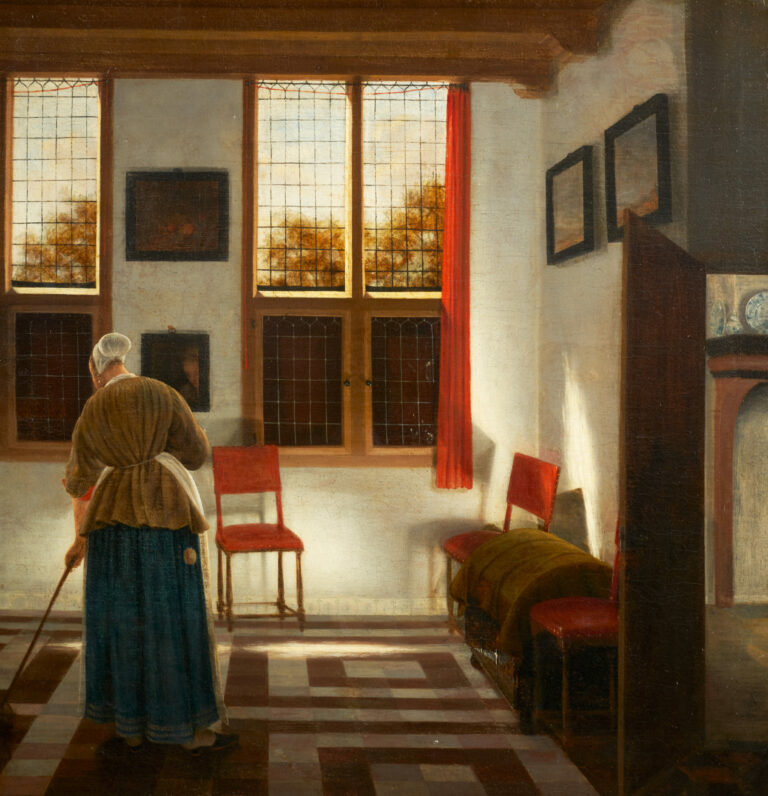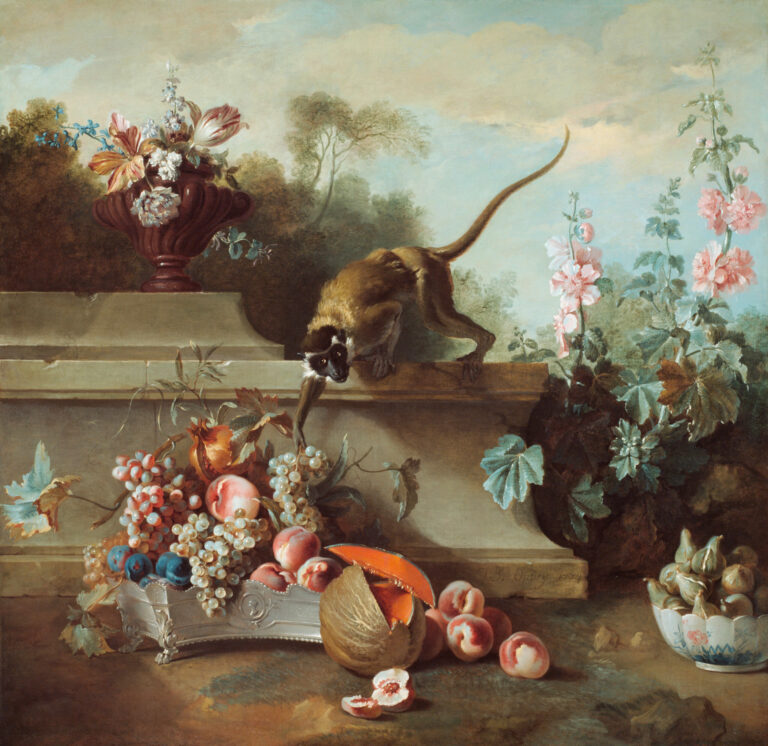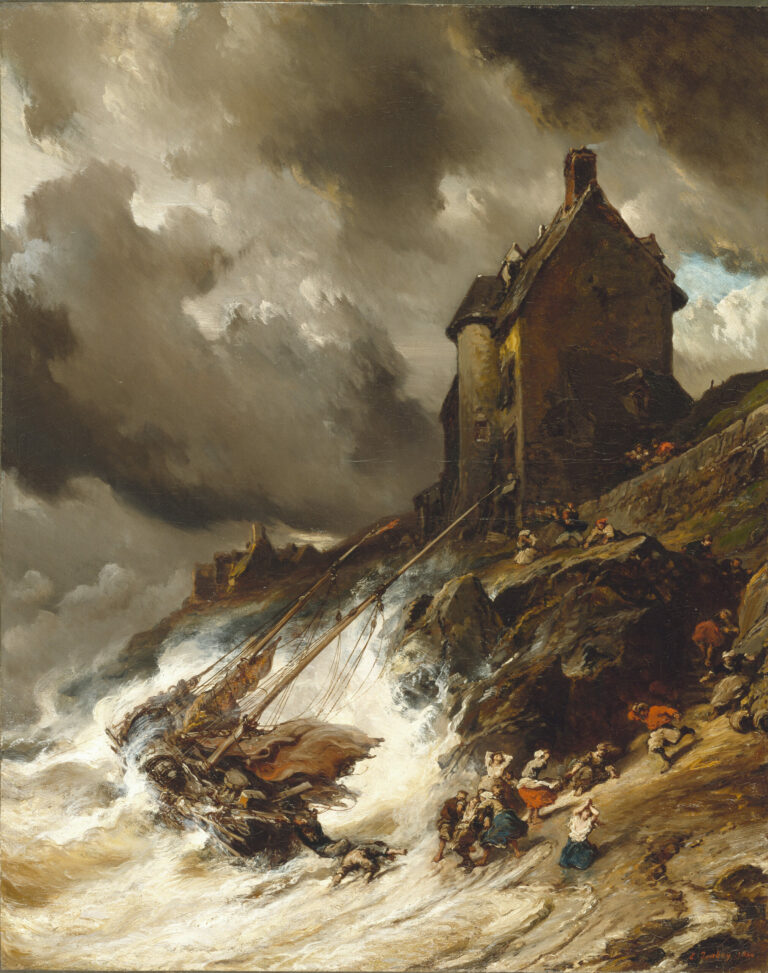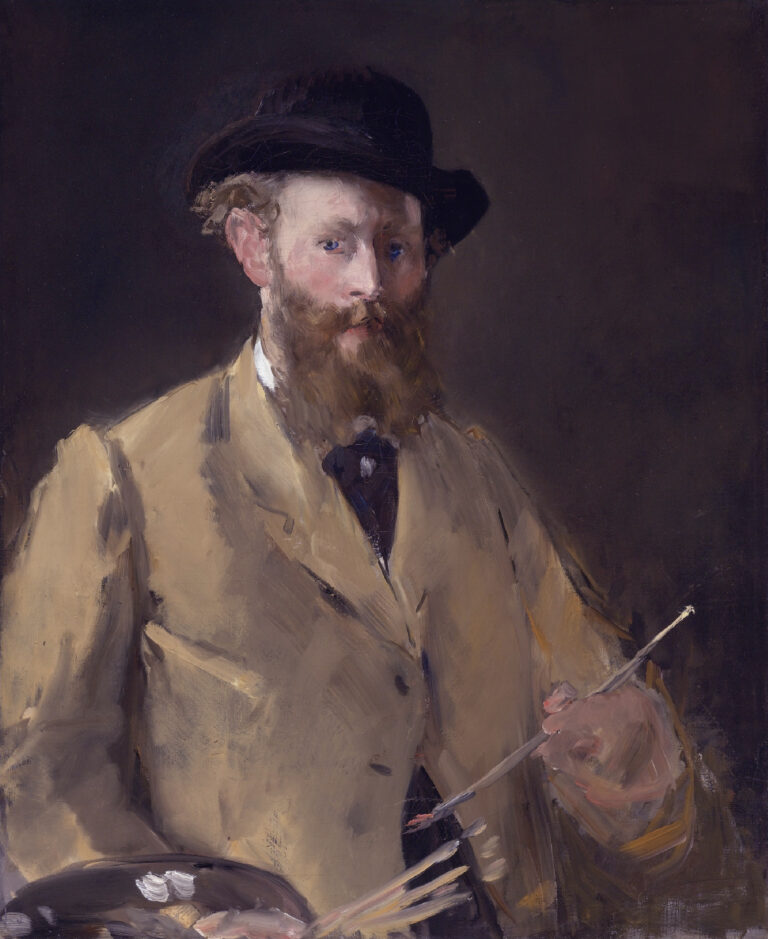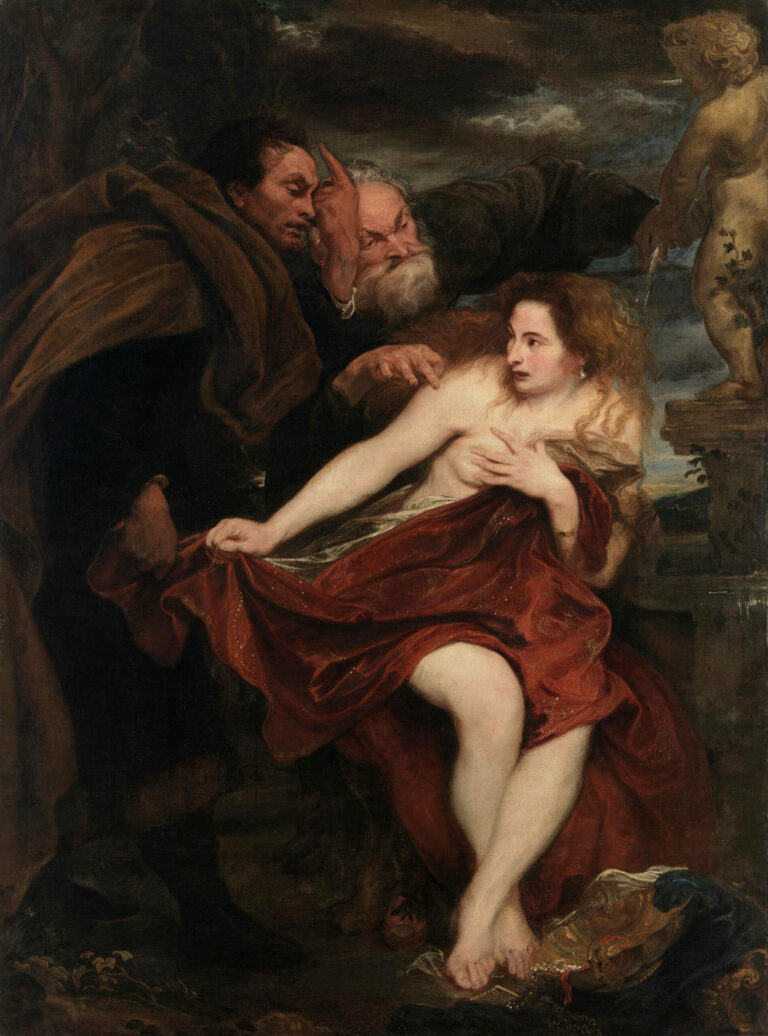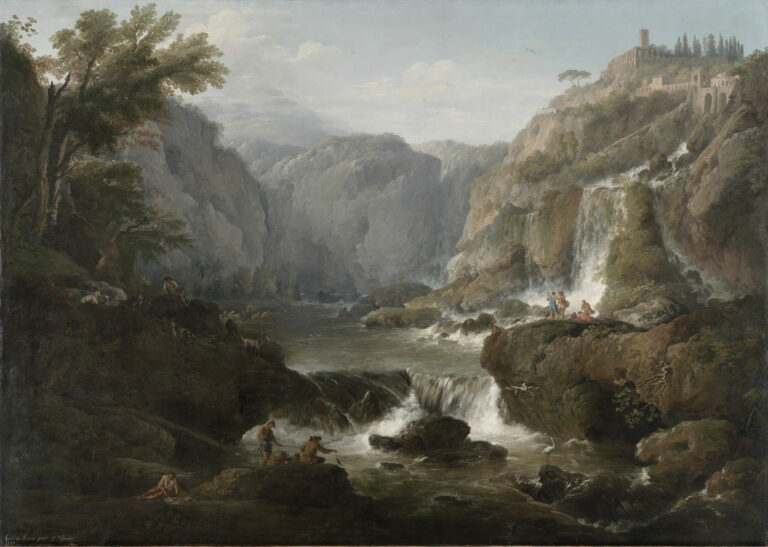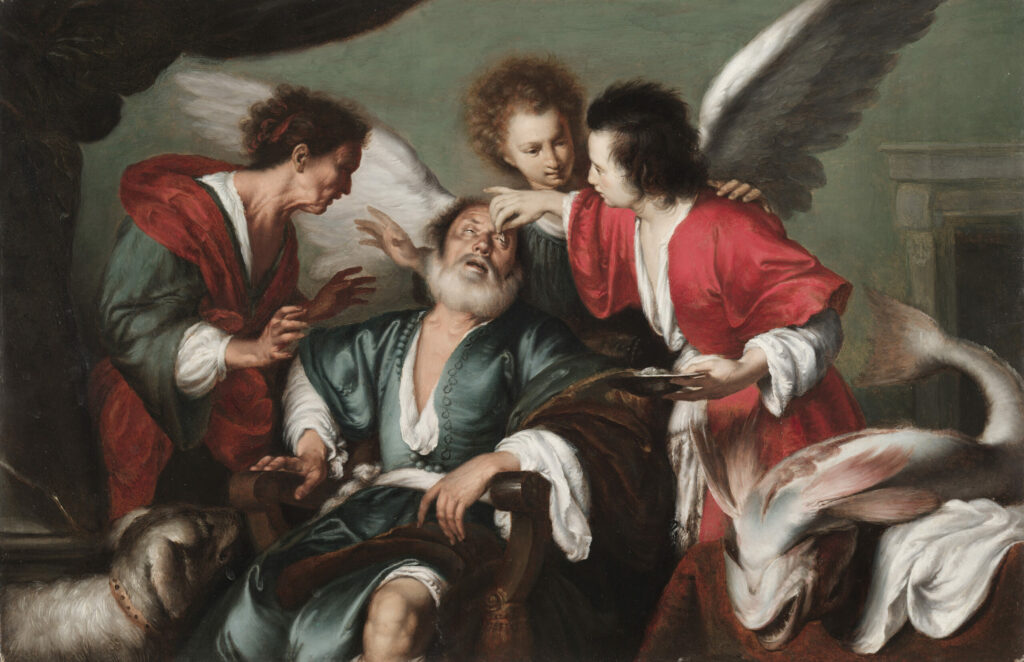
This oil on canvas illustrates the biblical episode from the Book of Tobit, depicting the climactic moment of miraculous healing.
The composition organizes three figures around the patriarch Tobit. His son Tobias applies fish gall to his father’s eyes, while the angel Raphael, recognizable by his outstretched wings, reveals his divine nature.
Strozzi displays his Genoese colorist mastery here: brilliant reds of the garments contrast with muted greens and pearlescent whites. Theatrical lighting sculpts the volumes and accentuates the dramatic intensity. The free brushwork and impasto reveal Rubens’ influence on the artist. This work perfectly synthesizes Counter-Reformation art: edifying narrative, religious emotion, and pictorial virtuosity unite to move the faithful and glorify divine Providence.
Further informations
- The Healing of Tobit, c. 1625, by Bernardo Strozzi
- 42.7 x 65.5 cm (16 13/16 x 25 13/16 in.)
- The Cleveland Museum of Art, not on view
- https://www.clevelandart.org/art/1993.5
Nicknamed “Il Cappuccino” due to his membership in the Capuchin order, Bernardo Strozzi (1581-1644) remains one of the major figures of the 17th-century Genoese School. Trained in the local Mannerist tradition, he quickly emancipated himself from his masters to develop a personal style combining the Venetian heritage of Veronese with the Flemish influence of Rubens. After leaving religious orders around 1610, he established himself as a painter and developed an aristocratic and bourgeois clientele. Forced to flee Genoa in 1630 to escape prosecution by his former order, he settled permanently in Venice where he completed his career. His work, oscillating between religious subjects and genre scenes, is characterized by a rich palette, free brushwork, and dramatic expressiveness that would lastingly influence Italian Baroque painting.

